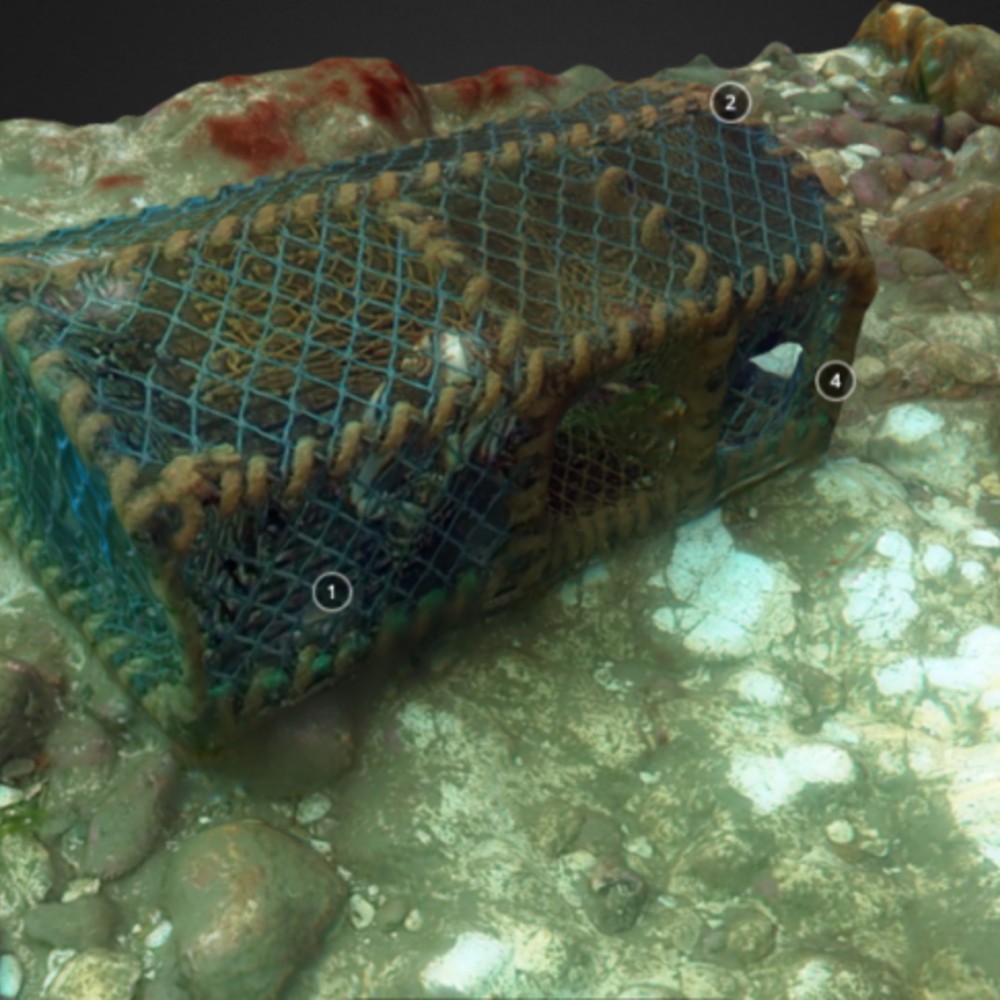The rugged and complex structures of the chalk bed in Norfolk’s Cromer Shoal Marine Conservation Zone (MCZ) provide habitat for a wide range of marine species. The edible crab Cancer pagurus (also known as Cromer crab) and lobster Homarus gammarus are common in this area and are target species for fisheries that are embedded in the history and culture of North Norfolk coastal towns.
Natural England (NE) was of the view this fishery was low impact prior to designation in 2016 based on best available evidence. However last year new evidence that human activity was damaging the physical structure of the reef came to light and NE was obliged to investigate further or be precautionary in their advice.
NE recognised this was a very sensitive and contentious issue as the crab and lobster industry is fundamental to the culture, heritage and economy of the area. It was essential to work with partners and stakeholders to ensure an impartial evidence gathering process was instigated to verify the anecdotal evidence provided.
NE completed a dive survey in 2019 to collect data on chalk impacts using new 3 Dimensional Photogrammetric (3DPG) tools and techniques devised by University of Essex. This enabled very precise measurements of reef complexity to be correlated to biological measures taken in situ. This evidence informed policy advice to Eastern Inshore Fisheries and Conservation Authority (EIFCA) and the fishery.
Read the Natural England report
Funding
This work is an extension of a Faculty seedcorn grant (2017) and an Impact Acceleration Account grant (2018) that paid for the acquisition of prototype equipment and developed the surveying techniques.
A further Impact Acceleration Account grant (2019) facilitated the development of the surveying techniques and engage stakeholders in the findings.





